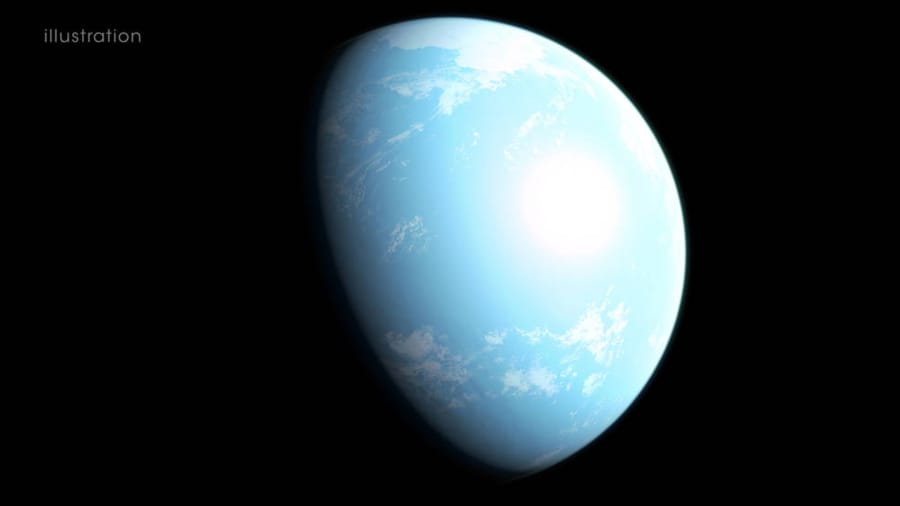A super-scorched planet orbiting around a nearby dim star has helped reveal the presence of two previously unseen planets — one of which could host liquid water and thus be friendly to life, astronomers say.
The blistering planet GJ 357 b, picked out by NASA’s Transiting Exoplanet Survey Satellite, lies about 31 light-years away in the constellation Hydra. It’s only 22 percent larger than Earth and circles its star every 3.9 days — tracing an orbit that’s 11 times closer to its star than Mercury’s is to our sun.
This means that even though its M-dwarf star is roughly 40 percent cooler than our sun, the planet is in all likelihood searingly hot — probably 490 degrees or so — even without the insulating effects of an atmosphere.
That uninhabitable world was the only one around this star spotted by TESS, which scans the skies looking for dips in a star’s light that might indicate that a planet is passing, or transiting, in front of it.
Astronomers used information from the ground-based telescopes to confirm GJ 357 b’s existence. In the process, they noticed clues that an additional pair of planets was also circling the same star.
These two planets, GJ 357 c and d, were found using the radial velocity method: by looking at the slight wobble in the star’s motions caused by its planets’ tiny gravitational tugs.
GJ 357 c weighs in at about 3.4 times Earth’s mass, if not more, and orbits the star every 9.1 days at a distance more than double that of GJ 357 b. This proximity keeps the temperature at around 260 degrees — not quite as singed as planet b, but still pretty toasty.
It’s the third planet, GJ 357 d, that holds some potential as a habitable world.
It weighs at least 6.1 Earth masses and circles the star at a much greater distance, completing an orbit in 55.7 days. Even though this is just one-fifth the distance of the Earth to our sun, GJ 357 d’s dim star leaves the surface very cold. Without an atmosphere, the thermometer at the surface would hover around 64 degrees below zero — meaning no liquid water on the surface.
However, if GJ 357 d does turn out to have an atmosphere, this could be a game-changer, according to a report that will be published in the journal Astronomy & Astrophysics.
A dense atmosphere with the right composition could trap some warmth and allow water to remain liquid on the planet’s surface. That’s similar to what scientists think happened on Mars, which today is frigid and dry but may once have had a thick atmosphere that allowed liquid water to leave marks all over its ruddy face.
The trick, the scientists said, would be to try to catch a glimpse of GJ 357 d, if it can be seen transiting its star from our vantage point.



